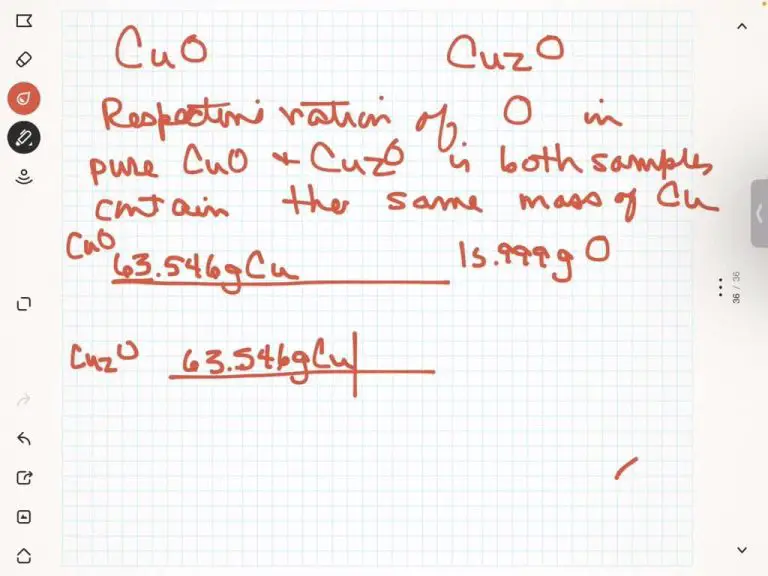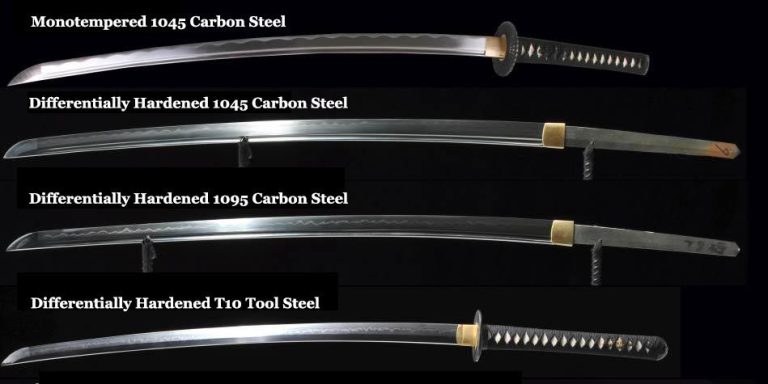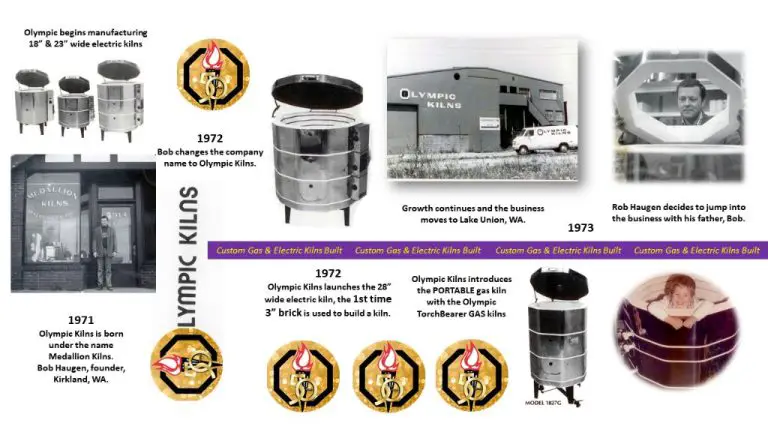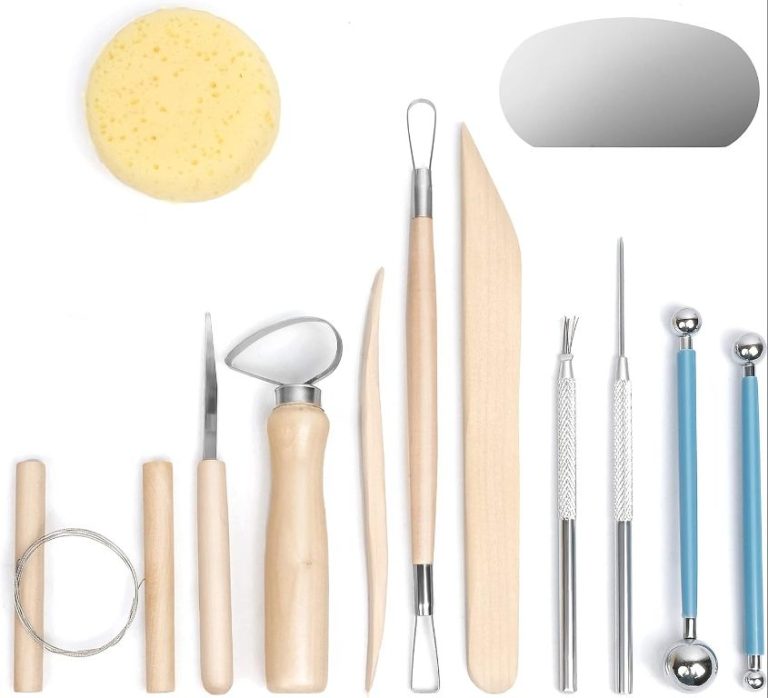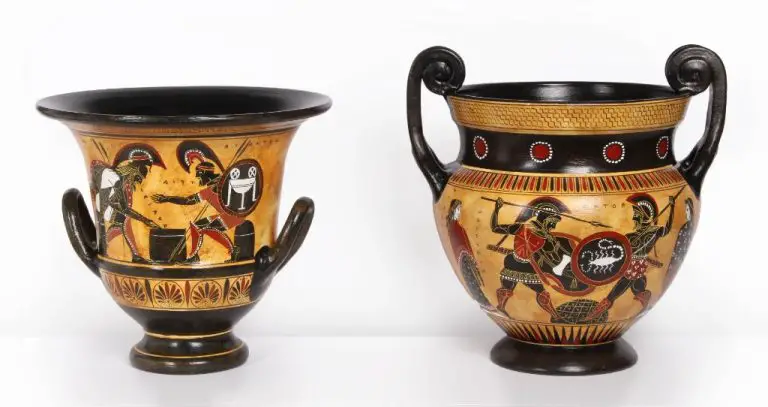What Tool Do Jewelers Use?
Jewelry making has a long and rich history spanning cultures across the globe. Humans have been crafting personal adornments from materials like bone, shell, and stone for tens of thousands of years. As civilizations developed metallurgy, precious metals like gold, silver, and platinum became the dominant materials for jewelry. Common tools used by jewelers today include workbenches, jeweler’s saws, files, pliers, ring clamps, jeweler’s hammers, jeweler’s anvils, and soldering tools. This article will provide an overview of some of the key tools jewelers use in their craft.
Workbenches
A workbench is the most important tool for any jeweler. It provides a sturdy, flat surface to safely work on jewelry projects without risk of damage. Workbenches come in many shapes and sizes depending on the type of jewelry work being done.
The main purpose of a jeweler’s workbench is to provide a secure, vibration-free space to construct jewelry. The bench absorbs shocks from hammering and supports equipment like flex shafts, lamps, and tools. Features like polished stone surfaces prevent marring delicate metals. Drawers, pegboards, and trays keep essential tools and materials organized and easily accessible.
There are several types of workbenches used by jewelers:
- Bench Pads – Flat, firm pads made of materials like hard maple provide portable work surfaces.
- Stationary Benches – Custom built or store-bought benches designed specifically for jewelers with features like pegboards, lockable drawers, and tool trays.
- Jeweler’s Desks – All-in-one desk, workbench, and storage combinations well-suited for small studios.
- Lapidary Benches – With features like adjustable stone holders, splash guards, and grinding wheels suited for gem cutting and polishing.
Choosing the right workbench helps jewelers perform safely and efficiently during all stages of the jewelry making process.
Jeweler’s Saw
A jeweler’s saw is a small saw with a thin, fine-toothed blade used for delicate and intricate cutting work. Jeweler’s saws allow for tight curves and complex cuts that other saws cannot achieve. They are essential tools for jewelers, metal workers, hobbyists, and other craftspeople working with small, detailed pieces.
The purpose of a jeweler’s saw is to cut shapes and designs out of various materials like metals, plastics, bone, antlers, gemstones, and more. Their thin blades, usually only 0.02 inches wide, can follow tight outlines and make controlled cuts in the chosen material. Common uses in jewelry making are cutting out pieces from sheet metal, slicing through gemstones, cutting dovetail joints, and creating filigree or fretwork designs.
There are several different types of jewelers saws available (1):
- Coping saws – The most common type, used for general purpose cutting
- Fretsaws – Used for intricate, delicate fretwork
- Chevalet saws – Can accommodate larger blades for thicker materials
- Frame saws – Tighten blade tension with adjustable frames
- Bow saws – Distribute tension via the bow’s spring
Proper technique is important when using a jeweler’s saw. The blade must be kept tight in the frame to limit buckling and wandering cuts. Gentle, consistent pressure applied on the downstroke helps control the blade. Curves require slightly tilting the blade. Usually the cuts progress with small, short strokes. It’s vital to secure the workpiece properly so it doesn’t shift during cutting.
Files
Files are tools used for shaping and smoothing metal and other materials. They have a rough, abrasive surface that removes small amounts of material as the file is rubbed against the workpiece. Files come in a variety of shapes and cuts for working different contours and materials.
The main purposes of files in jewelry making are smoothing cut edges, shaping metal, deburring holes, and removing small amounts of material for fitting joints and finishing surfaces. They are commonly used after cutting out shapes with a jeweler’s saw to refine the edges. Files can create both coarse and fine finishes depending on the cut and grit size.
Some common types of files used in jewelry work include:
– Flat files – Rectangular in cross-section, used for smoothing flat surfaces.
– Half-round files – Semicircular profile, used for inside curves and concave surfaces.
– Round files – Round cross-section, used for convex and outside curves.
– Square files – Square cross-section, good for 90 degree angles and slots.
– Barrette files – Flat with one safe edge, good for delicate work and filing up to shoulders.
Files come in a range of grit sizes from coarse to fine. Coarse grits (8-14 cuts per inch) are used for rapid metal removal whereas fine grits (up to 6o cuts per inch) are used for delicate finishing.
Common brands of files used by jewelers are Grobet, Nicholson, and Swiss.
Pliers
Pliers are a handheld tool used to grip, bend, and cut metal and other materials in jewelry making. They allow jewelers to manipulate small pieces with precision and safety. There are several types of pliers that serve different purposes:
Chainnose pliers have tapered jaws useful for bending and shaping wire. Their slim profile can access tight spaces (https://www.alexmakina.com/standard-pliers).
Roundnose pliers have cone shaped tips that can make round bends and loops in wire. Roundnose allow more control over the size of loops than chainnose pliers.
Flatnose pliers have broad, flat jaws that can grip objects and make straight bends in wire. They provide maximum surface contact for tasks like opening and closing jump rings (https://www.temu.com/pliers-for-jewelry-making-s.html).
In general, pliers allow jewelers to get a good grip on small jewelry components during the fabrication process. They are an essential hand tool that facilitate bending and shaping of metal.
Ring Clamp
A ring clamp is an essential tool used by jewelers to properly support their work (Lab Safety Flashcards). It consists of a metal ring attached to a clamp or stand. The ring is sized to hold flasks, beakers, and other glassware securely in place while the jeweler works.
The main purpose of a ring clamp is to provide stability and support while conducting delicate jewelry operations like soldering or polishing. It holds the beaker or flask steady above the workbench so the jeweler can heat it with a torch or apply chemicals without worrying about it tipping over. Properly securing glassware prevents spills and accidental burns.
To use a ring clamp, open the clamp and place it around the neck of the beaker or flask. Tighten it gently until snug and position the glassware above the work area. Adjust the clamp on its stand so the material inside is at a convenient height for the work being conducted. When finished, loosen the clamp and remove the glassware.
Having a sturdy ring clamp in the jewelry studio allows for safe handling of hot and hazardous materials. It’s an inexpensive but invaluable tool for securing items during intricate jewelry-making procedures.
Jeweler’s Hammer
A jeweler’s hammer is an essential tool used for shaping and forming metal in jewelry making. The hammer is used along with an anvil or bench block to hammer, texture, and work-harden metal.
There are several types of hammers that serve different purposes:
Planishing Hammer
A planishing hammer has a smooth, rounded face and is used to refine the surface of metal pieces and remove marks. Planishing makes metal smooth and gives it a shiny finish.1
Chasing Hammer
A chasing hammer has a cross-peen end and rounded end. The cross-peen is used for detail work like engraving and the round end is used for smoothing surfaces.2
Forming Hammer
A forming hammer has a rounded, ball-shaped head on one or both ends. It is used to shape curves and domes in metal.3
Jeweler’s Anvil
A jeweler’s anvil is a specialized tool used to support and shape metal as the jeweler crafts jewelry. The anvil provides a hard, durable surface for hammering, bending, and reshaping metal without damaging it. There are several different types of jeweler’s anvils, each suited to specific jewelry making tasks.
Description
Jeweler’s anvils are generally made from forged steel and have a polished, flat surface. They often have multiple working surfaces, like horns and cutouts, to accommodate different shaping needs. Quality jeweler’s anvils should have a smooth face that will not scratch or damage metal. Most anvils also have a hole at the base where they can be firmly anchored to a workbench.
Purpose
The main purpose of a jeweler’s anvil is to provide a stable base for shaping metal. The flat surface gives the metal support as the jeweler hammers or presses on it to bend, spread, form, or work-harden it into the desired shape. The hardness of the steel prevents the hammer blows and metal pressure from denting or misshaping the anvil over time.
Types
There are three main types of jeweler’s anvils:
- Bench anvils – Smaller anvils meant to be anchored to a jeweler’s workbench. Typically 3-4 inches long.
- Horn anvils – Feature a conical horn on one end for shaping concave surfaces like rings or bangles.
- Stump anvils – Shorter and stouter for heavy forging. The flat surface may have various shaped cutouts for molding metal around.
Jewelers may use multiple types of anvils in their toolkit to accommodate different metalworking needs.
Soldering Tools
Soldering is an essential technique for jewelers to permanently join metals together. Jewelers use various soldering tools to fuse pieces of metal with solder and create seamless jewelry designs. The main types of soldering tools used are:
Torches – Jewelers use miniature torches that allow precise control over the temperature and area being heated. Common types are butane micro torches, propane/air torches, and acetylene/air torches. Torches heat the metal to melt the solder.
Solder picks – These are steel picks used to pick up and place solder pieces exactly where needed when soldering. The solder melts and flows to join the metals.
Flux – Flux is a chemical paste or liquid applied during soldering to facilitate the flow of solder. It cleans metal surfaces and prevents oxidation while soldering.
Solder – Jewelry solder comes as wire, sheets, or paste. Common types are soft solder (low melting point) and hard solder (high melting point). The solder melts and bonds jointseamlessly.
With quality soldering tools, jewelers can construct jewelry by permanently joining metals parts together. Well-soldered joints are smooth, strong, and withstand wear.https://rings-things.com/jewelry-making-tools-and-supplies/jewelry-soldering-tools-and-supplies/
Conclusion
In summary, the most common and essential tools used by jewelers include a jeweler’s saw, files, pliers, ring clamp, jeweler’s hammer, jeweler’s anvil, and soldering tools. The jeweler’s saw is used for precisely cutting shapes out of metal sheets. Files help smooth and shape metal pieces after cutting. Pliers like round nose, chain nose, and flat nose pliers assist with bending, forming, and holding pieces. A ring clamp securely holds rings while working on them. A jeweler’s hammer and anvil are used for shaping metal through hammering. Finally, soldering tools like torches, solder, and flux allow jewelers to safely join metal components.
While there are many specialized tools for different jewelry techniques, these core tools are found in every jeweler’s toolkit. Mastering the use of these essential implements is key for jewelers looking to create professional and quality jewelry pieces.

